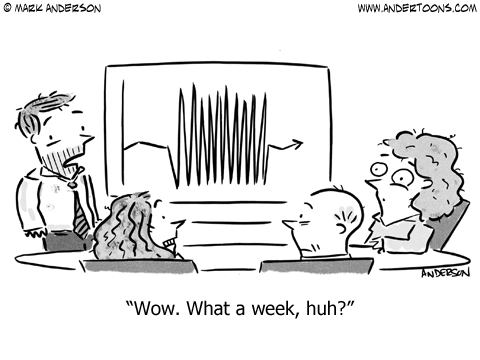Good morning, Whitewater.
It’s a cloudy day in town, with the sky giving way later to sunshine and a high of sixty-one.
Today is the UN-sponsored International Peace Day, yet unobserved (even if known) in the many places around the planet where war rages, including among this places eastern Europe.
Over night, SpaceX successfully launched a cargo mission to the International Space Station.
Earlier this week, NASA selected SpaceX to be one of two companies (Boeing being the other) to receive a contract for building manned spacecraft for America.
On this day in 1780 Benedict Arnold becomes a Benedict Arnold:
Once he established himself at West Point, Arnold began systematically weakening its defenses and military strength. Needed repairs on the chain across the Hudson were never ordered. Troops were liberally distributed within Arnold’s command area (but only minimally at West Point itself), or furnished to Washington on request. He also peppered Washington with complaints about the lack of supplies, writing, “Everything is wanting.”[79] At the same time, he tried to drain West Point’s supplies, so that a siege would be more likely to succeed. His subordinates, some long-time associates, grumbled about Arnold’s unnecessary distribution of supplies and eventually concluded that Arnold was selling supplies on the black market for personal gain.[79]….
Arnold and [British Major John] André finally met on September 21 at the Joshua Hett Smith House. On the morning of September 22, James Livingston, the colonel in charge of the outpost at Verplanck’s Point, fired on HMS Vulture, the ship that was intended to carry André back to New York. This action did sufficient damage that she retreated downriver, forcing André to return to New York overland. Arnold wrote out passes for André so that he would be able to pass through the lines, and also gave him plans for West Point.[82]
On Saturday, September 23, André was captured, near Tarrytown, by three Westchester militiamen named John Paulding, Isaac Van Wart and David Williams;[83] the papers exposing the plot to capture West Point were found and sent to Washington, where Arnold’s intentions came to light after Washington examined them.[84] Meanwhile, André convinced the unsuspecting commanding officer to whom he was delivered, Colonel John Jameson, to send him back to Arnold at West Point. However, Major Benjamin Tallmadge, a member of Washington’s secret service, insisted Jameson order the prisoner intercepted and brought back. Jameson reluctantly recalled the lieutenant, who had been delivering André into Arnold’s custody, but then sent the same lieutenant as a messenger to notify Arnold of André’s arrest.[85]….
When presented with evidence of Arnold’s activities, it is reported that Washington remained calm. He did, however, investigate its extent, and suggested in negotiations with General Clinton over the fate of Major André that he was willing to exchange André for Arnold. This suggestion Clinton refused; after a military tribunal, André was hanged at Tappan, New York on October 2. Washington also infiltrated men into New York in an attempt to capture Arnold; this plan, which very nearly succeeded, failed when Arnold changed living quarters prior to sailing for Virginia in December.[90]


